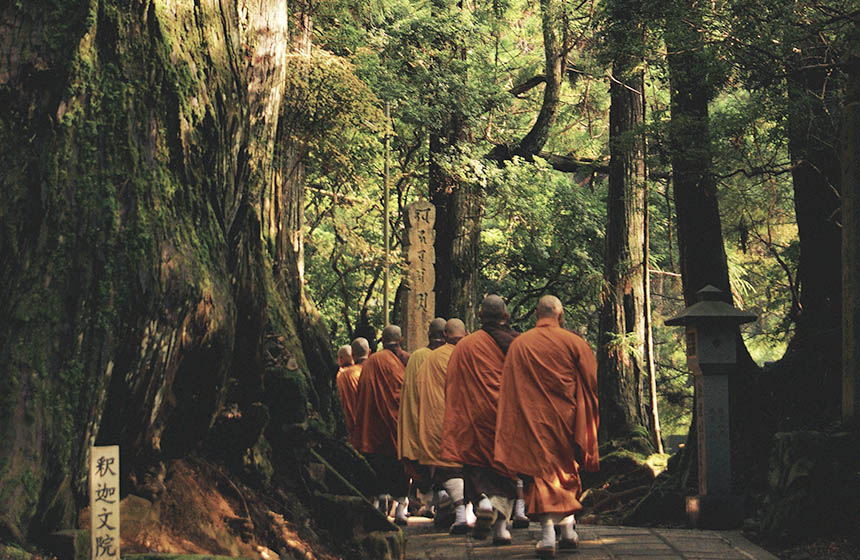Peatland forest restoration for emissions reductions
In order to capture carbon and repair a fire damaged landscape, a large-scale ecosystem restoration project was undertaken in the Merang peatlands on the island of Sumatra.
Nature-based Intervention:
This project is managed under the Reduced Emissions from Degradation and Deforestation (REDD+) program and focuses on the revitalization of a tropical peatland forest. In the intervention they use a combination of techniques such as afforestation, reforestation, revegetation and wetlands restoration and conservation. So far these interventions have restored 22,934 hectares of peatland rainforest. In continuing the project they hope to focus on assisted natural regeneration strategies to expand the footprint of the restored landscape.
Overview of context and outcomes:
This protected landscape is located at the heart of the Merang peat dome. This is a one-contiguous high carbon stock peatland which covers more than 150,000 hectares of high priority conservation area. The area is also located along the important Merang biodiversity corridor and is 5km away from Sembilang National Park. This area was damaged by fires in 2015, and remains fire prone due to canals built in attempts to drain the peatlands.
Case effectiveness on
Climate change
So far the project has avoided or sequestered 2.6 million tonnes of CO2 emissions by protecting and restoring the degraded peatland rainforest. The 10 year goal for the project is an overall reduction of 7.4 million tonnes of CO2.
Ecosystem health
Ecological effect: PositiveBiodiversity monitoring and camera trap programs studying the area have recorded over 210 unique species of flora and fauna across the project site. This includes 31 species which are classified as threatened, endangered or critically endangered; such as the Sumatran tiger (Panthera tigris sondaica), of which fewer than 400 individuals remain. The restoration efforts have helped support habitat quality, species diversity, and habitat connectivity through the Merang biodiversity corridor.
Socioeconomic outcomes
The project has helped create jobs with over 40 local community members employed through the program. Profits from the sale of carbon credits have also been reinvested into local community infrastructure. This has allowed for the construction of a community health center as well as the hiring of full-time medical staff to provide healthcare support to the community. They also supported 210 children in gaining access to educational programming and 20 teachers in accessing continuing education programs.
Governance
This project is governed through a collaboration between Global Alam Lestari and the Sumatra Merang Peatland Project. It operates within the wider framework of REDD+.
Finance
This project is financed through the sale of carbon credits. The project has already sold 3,329,923 credits, with profits supporting the community and restoration efforts.
Monitoring and evaluation
Biodiversity monitoring and camera trap programs are implemented within the protected area in order to evaluate the species present on the reserve and track tiger populations.
Trade-offs and limitations
No information yet available on tradeoffs.

Intervention type
- Protection
- Restoration
Ecosystem type
- Tropical & subtropical forests
- Peatland
Climate change impacts addressed
- Wildfire
Instigators
- Local NGO or CBO (eg. indigenous)
Societal challenges
- Biodiversity conservation
- Climate change mitigation
- Economic and Social development
- Health
Outcomes
- Food security: Not reported
- Water security: Not reported
- Health: Positive
- Local economics: Not reported
- Livelihoods/goods/basic needs: Positive
- Energy security: Not reported
- Disaster risk reduction: Not reported
- Rights/empowerment/equality: Not reported
- Conflict and security: Not reported
- No. developmental outcomes reported: 3
Resources
Read resource 1Read resource 2
Literature info
- Grey literature



